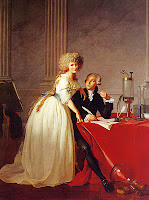There was no hint of the early morning trace of wet snow by midday, as sun broke through gray clouds and blue skies chased away even the memory of slush on soggy ground.
According to the new edition of The Weather Almanac, received today, the last time we scrapped through November with just a trace of snowfall was 2001. The normal amount (mean) for the month is 5.1 inches (since 1980, as measured at Cleveland Hopkins Airport weather station). The Weather Almanac is full of interesting data, as well as lengthy, factually accurate narratives on climate topics.
The section on global warming and climate change is thoroughly updated. If you want an well-organized, easy to read, detailed account of how climate is changing, minus the hype and political posturing, take a look at pp. 317-352.





